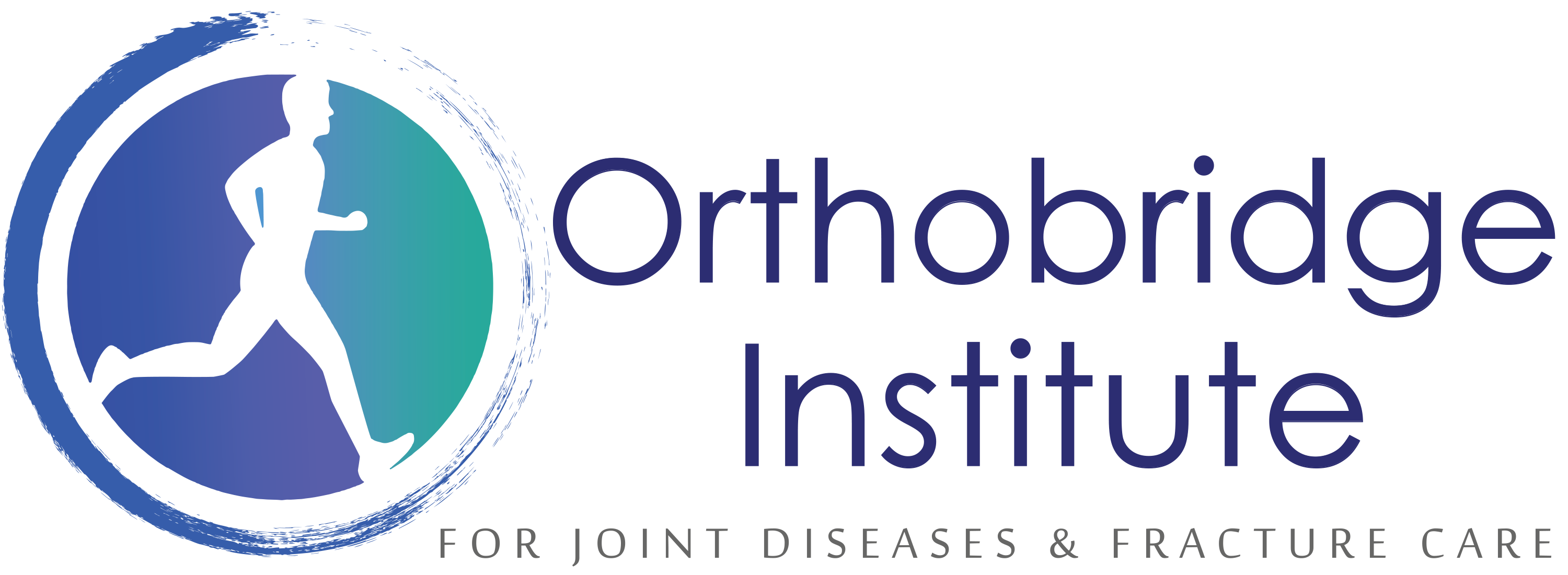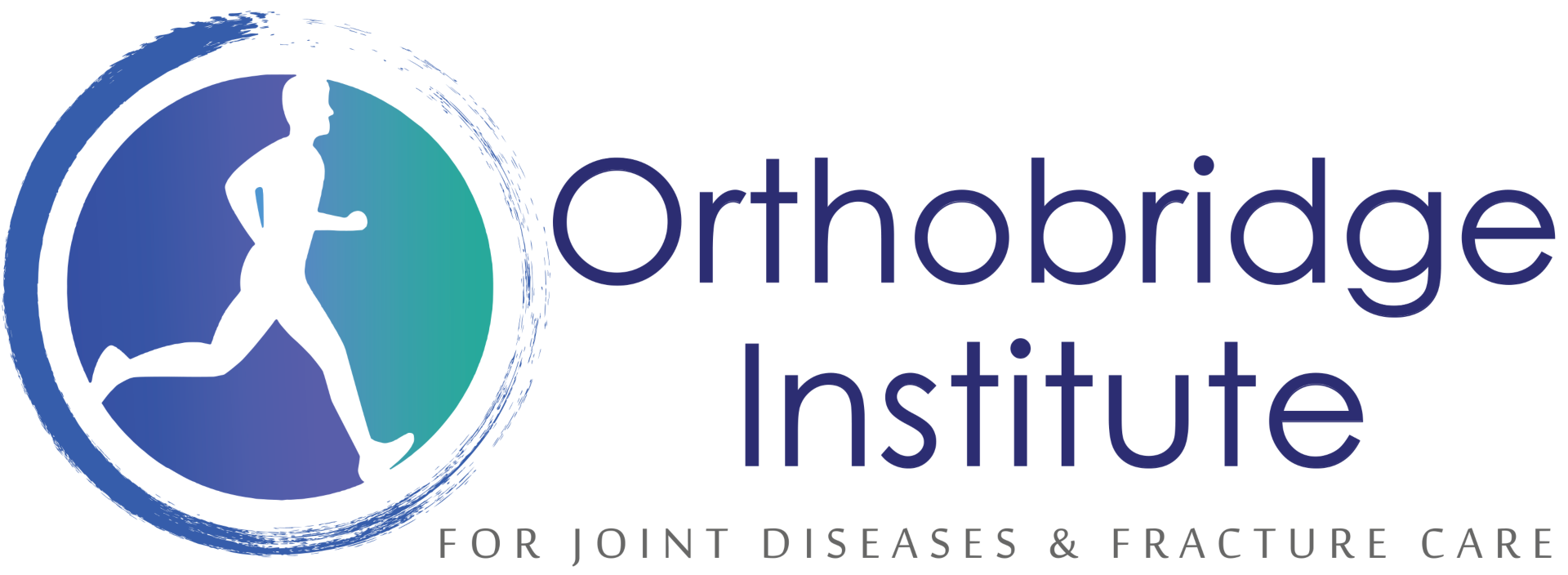Shoulder Bursitis
Learn more about some common shoulder Bursitis here we treat at Orthobridge Orthopedic Centre.
Bursitis Treatment in Nairobi Kenya.
Bursitis is the painful swelling of a small, fluid-filled sac called a bursa. These sacs cushion areas where bone would otherwise rub on muscle, tendons or skin. By padding these areas, bursae (plural for bursa) decrease friction, rubbing and inflammation. Although you have bursae throughout your body, bursitis most often occurs around the joints.
Bursitis happens when a bursa becomes irritated by overuse or excess pressure. The pain from an inflamed bursa may be sudden or build up over time.
Where does bursitis occur?
There are more than 150 bursae located in your body. You’re most likely to develop bursitis in joints you use over and over in the same way or in places you put a lot of pressure such as:
- Shoulders (subacromial bursitis).
- Elbows (olecranon bursitis, sometimes called miner’s or barfly’s elbow).
- Knees (prepatellar bursitis or housemaid’s knee).
- Feet (name varies depending on location, commonly in the big toe, heel or ball of the foot).
- Hips (iliopectineal or trochanteric bursitis).
- Buttocks (ischial bursitis or weaver’s bottom).
Who gets bursitis?

The main risk factors for bursitis include:
- Older age.
- Jobs or hobbies that involve repetitive tasks (such as sports, manual labor, or music).
- Conditions such as arthritis, diabetes, gout or thyroid disease.
What causes bursitis?
Repetitive motions, such as a pitcher throwing a baseball over and over, commonly cause bursitis. Also, spending time in positions that put pressure on part of your body, such as kneeling, can cause a flare-up. Occasionally, a sudden injury or infection can cause bursitis.
Activities that can lead to bursitis include:
- Carpentry.
- Gardening and raking.
- Painting.
- Poor posture or a poorly positioned joint or bone (due to different leg lengths, bone spurs, or arthritis in a joint).
- Scrubbing.
- Shoveling.
- Sports like tennis, golf and baseball.
What are the symptoms of bursitis?
Around muscles, bones and particularly joints, you may notice:
- Pain, especially during movement.
- Limited range of motion.
- Swelling.
- Redness, warmth, fever and chills, if you have an infection.
How Is Bursitis Diagnosed?
Your doctor will ask about your symptoms and do a physical exam to see if the joint is swollen. You might also have tests including:
- Imaging tests. X-rays can rule out other problems that might be causing pain. MRI and ultrasound give your doctor an image of your joint.
- Lab tests. Your doctor might use a needle to take a bit of fluid from your bursa and test it for signs of infection.

How Do You Prevent Bursitis?
You can’t always prevent bursitis, but some steps can lower your risk.
- Use cushions or pads when you’re resting a joint on a hard surface, like if you’re kneeling or sitting.
- If you play sports, mix things up so you don’t make the same motions all the time. Warm up and stretch before you play, and always use proper form.
- Start slowly and easily when you’re trying a new exercise or sport. As you build strength, you can use more force and do the motion more often.
- Don’t sit still for a long time.
- Take breaks often when you’re making the same motions over and over again.
- Use good posture all day.
- Hip bursitis can come from having one leg longer than the other. An orthotic shoe insert can help.
- Keep a healthy body weight.
- If something hurts, stop doing it and check with your doctor.
How Is Bursitis Treated?
Take these steps to treat bursitis:
- Avoid activities that make it worse.
- Rest and raise the affected area.
- Use crutches or a cane if needed.
- Put a brace, band, or splint on the joint.
- Ice the area.
- Take over-the-counter anti-inflammatory medicines like ibuprofen or naproxen sodium.
See your doctor if you don’t feel better after a week. They might give you medications like steroids, which work quickly to lower inflammation and pain.
Your doctor might prescribe pills to swallow or use a needle to inject them into the irritated area. They might also inject pain medications.
Physical therapy can help you strengthen muscles and give you more range of motion in the joint.
If you have an infected bursa, your doctor might use a needle to take out fluid. You’ll probably need antibiotics.
It’s rare, but you might need surgery if other treatments aren’t helping.


